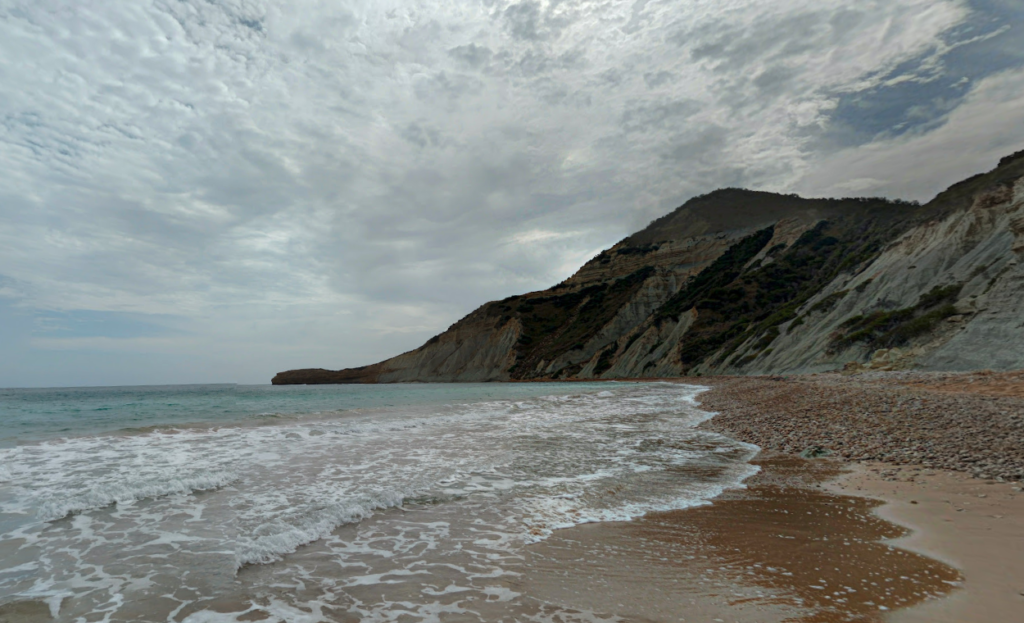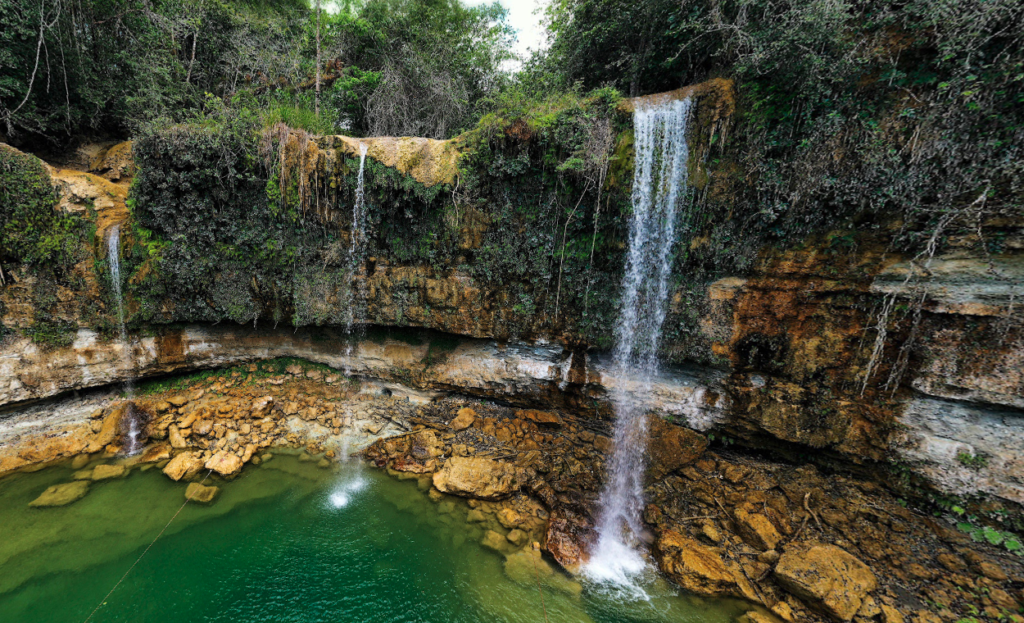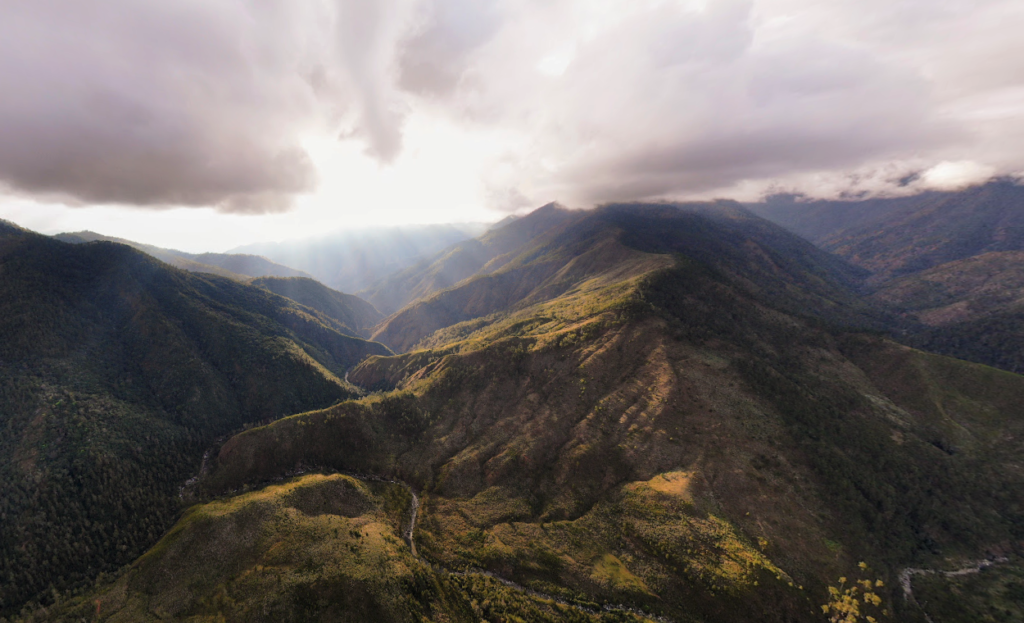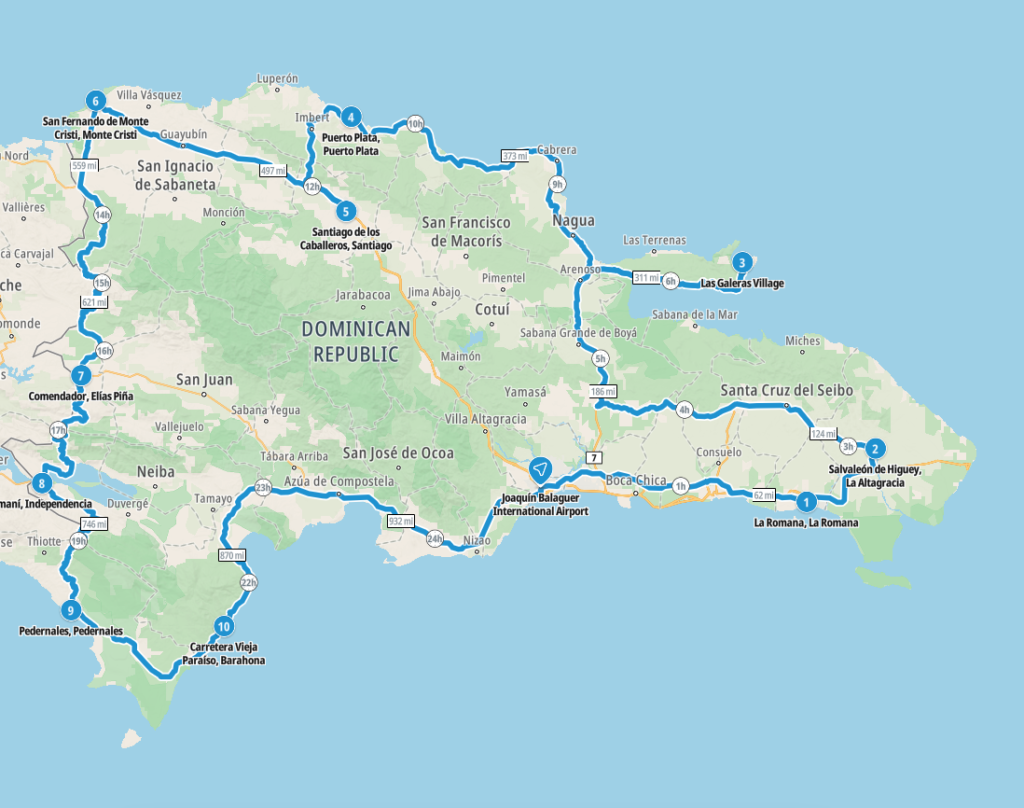The Dominican Republic / República Dominicana – Let’s explore here

What’s it like in the Dominican Republic?
The Dominican Republic is located on the island of Hispaniola, in the Caribbean Sea in North America, which it shares with Haiti. The country also consists of around 70 much smaller islands, islets and cays.
The four main mountainous areas of the Dominican Republic mainly lie in the centre and west of the country. The highest point is Pico Duarte, at 10,174 ft (3,101m) above sea level.
The population is around 11½ million (2024) and its capital, about one third of whom live in the metropolitan area of the capital, Santo Domingo. The Dominican Republic has the largest economy in the Caribbean and it is also the most visited island in the Caribbean. However, although tourism is a major source of income, it does not rely on tourism like many other Caribbean islands.

A bit about the history of the Dominican Republic
Pre-Colonial Period
Before European arrival, the island of Hispaniola, which is now shared by the Dominican Republic and Haiti, was inhabited by the Taíno people, an indigenous group part of the Arawakan family. They lived in villages and were primarily engaged in agriculture, fishing and pottery. The Taíno population began to decline rapidly after European contact.
Spanish Colonisation
In 1492, Christopher Columbus arrived on Hispaniola, claiming the island for Spain. He established the first permanent European settlement in the Americas, named La Navidad. Later, the Spanish founded Santo Domingo in 1496, which became the first European city in the New World. The Spanish colonisation involved the exploitation of the Taíno people, many of whom were enslaved or died from diseases brought by the Europeans. Over time, African slaves were brought to the island to work on sugar plantations and other agricultural ventures.
French and Spanish Rule
For much of the 17th and 18th centuries, Hispaniola was a contested island between Spain and France. The western part of the island came under French control, becoming the colony of Saint-Domingue (modern day Haiti), while the eastern part remained under Spanish control as Santo Domingo. The French colony developed a booming sugar economy reliant on enslaved labour, while the Spanish side was less economically developed. In 1795, Spain ceded the eastern part of Hispaniola to France, though Spain regained control in 1809 after a series of battles and uprisings. By 1821, the Spanish colony was once again independent, but it was soon occupied by Haiti.
Haitian Occupation and Independence
From 1822 to 1844, the entire island was under Haitian control after Haiti’s successful revolution against French colonial rule. The occupation was marked by tensions and resistance from the Dominicans, who sought independence from Haiti’s rule. In 1844, the Dominican Republic declared independence after a successful revolt against Haitian forces, leading to the establishment of the new nation.
Early Republic and Foreign Interventions
The newly established Dominican Republic struggled with political instability and foreign interventions. In 1861, the country was briefly annexed by Spain but gained independence again in 1865 after a war of resistance. Following this, the country faced frequent changes in leadership and conflicts over territorial control. Throughout the late 19th and early 20th centuries, the Dominican Republic experienced multiple uprisings, economic instability and tensions with neighbouring Haiti.
20th Century – US Intervention and Dictatorship
During the early 20th century, the United States intervened in Dominican affairs, partly due to the country’s debt issues. In 1916, the US occupied the country, controlling its government and military until 1924. In the 1930s, Rafael Trujillo came to power, establishing a brutal dictatorship that lasted for over 30 years. His regime was marked by widespread human rights abuses, corruption and state-sponsored violence. Trujillo’s rule ended with his assassination in 1961.
Modern Era and Democratic Development
After Trujillo’s death, the Dominican Republic went through a period of political turbulence, including a brief civil war in 1965. The US intervened once more to restore order, but by the 1970s, the country transitioned toward a more stable democratic system. Throughout the latter part of the 20th century and into the 21st century, the Dominican Republic has experienced periods of political stability and economic growth. It became one of the fastest growing economies in the Caribbean, with tourism, agriculture and manufacturing being central to its economy.
Contemporary Issues
In recent years, the Dominican Republic has faced challenges including poverty, inequality and issues related to immigration, particularly with Haiti. The country has also worked on modernising its infrastructure and improving education and healthcare systems. While the nation has seen significant progress, issues such as corruption and political influence still remain.

Dominican Republic road trip
The Dominican Republic is our 23rd planned stop on our road trip through the islands of the Caribbean. Having explored the Puerto Rico, our next stop is (hopefully) Haiti, dependent on whether relative calm has returned to the country.
Travelling overland between the islands is quite prohibitive due to the lack of transportation options. Travelling between different island countries via ferry is possible, however, ferries only operate between some islands. Chartering private boats between islands is also possible, although travelling with a car in this way is prohibitive. Flying is another option, although again, flights only operate between some islands.
Map of our road trip through the Dominican Republic

This is a map of our planned route around Puerto Rico, starting and ending in the capital, Santo Domingo.
Weather in the Dominican Republic
When is the best time to visit the Dominican Republic?
The best time to visit the Dominican Republic is from February to April. During these months, the island’s north coast has 7½ hours of sunshine per day and rainfall of 4.3 – 6.1 inches (108 – 154mm) per month. The south coast has 8½ hours of sunshine per day and considerably less rainfall of 1.2 – 2.8 inches (29 – 70mm) per month. The temperature at the coasts ranges from 20 – 31°C (67 – 87°F). Inland however, rainfall is likely to be as high as the north coast, and temperatures 10°C lower than both coasts.
When is the worst time to visit the Dominican Republic?
The worst time to visit the Dominican Republic is from July to January. During these months, the islands north coast still has 6 – 8 hours of sunshine per day, however, humidity rises and it rains an average of 5.8 – 11.2 inches (148 – 285mm) per month. The south coast has 8½ hours of sunshine per day, and considerably less rainfall of 1.2 – 7.3 inches (30 – 185mm) per month. The temperature at the coasts ranges from 20 – 33°C (67 – 91°F). Inland however, rainfall is likely to be as high as the north coast, and temperatures 10°C lower.
Hurricane Season in the Caribbean
Hurricane season in the Caribbean runs from June 1 to November 30. Storms tend to be more frequent and more severe in the latter half of the season.
Hurricanes are least likely during December, January and February.
Travel in and around the Dominican Republic
Ferries to other Caribbean island countries from the Dominican Republic
Travelling between the Dominican Republic and Puerto Rico
Ferries Del Caribe travels between the Dominican Republic and Puerto Rico. The journey takes 13 hours.
Travelling between the Dominican Republic and Haiti
The land, sea and air borders between the Dominican Republic and Haiti are currently closed (January 2025).
What’s it like to drive in the Dominican Republic?
They drive on the right hand side of the road in the Dominican Republic. Car hire is available in the Dominican Republic and roads are, in the main, quite poor. There are minor roads inland and to bays and coves however that are not maintained and in very poor condition. Driving standards are also poor.
We’ve also created a dedicated page to driving abroad, which you might find helpful 🙂
What currency do they use in the Dominican Republic?
In the Dominican Republic they use the Dominican peso. Although the US dollar, the Euro, the Canadian dollar and the Swiss franc are also widely accepted.
Cash is widely used. The use of credit / debit cards is widely accepted in major cities, although not in rural areas. Travellers cheques are not accepted in the main. There are ATMs in cities, although not all accept foreign issued cards.
You should make yourself aware of the amount that your bank charges you for using credit and debit cards abroad. Often credit cards are cheaper for purchasing items directly, and for withdrawing cash from ATMs.
What language do they speak in the Dominican Republic?
They speak Spanish in the Dominican Republic. English is sometimes spoken in tourist areas.
What time zone is the Dominican Republic in?
Remember, when you’re planning your next trip to take a look at what time zone it’s in.
Do I need a visa to visit the Dominican Republic?
We’ve created a dedicated, more comprehensive page on visas, which you should find helpful. Check it out!
Is wild camping legal in the Dominican Republic?
No, wild camping is not widely accepted in the Dominican Republic.
What plug / socket type do they use in the Dominican Republic?
In the Dominican Republic they use plug / socket types A and B.


Health issues in the Dominican Republic
Is it safe to drink water in the the Dominican Republic?
No, it is not safe to drink tap water in the Dominican Republic. Bottled water is readily available across the country.
What vaccinations are required for the Dominican Republic?
This NHS website is kept up to date with all relevant information on vaccinations in the Dominican Republic.
Phones in the Dominican Republic
What is the country calling code for the Dominican Republic?
The country calling code for the Dominican Republic is +1 809 / +1 829 / +1 849
What are the emergency phone numbers in the Dominican Republic?
- The emergency number for police in the Dominican Republic is: 112 / 911
- In the Dominican Republic, the emergency number for ambulance is: 112 / 911
- The emergency number for fire in the Dominican Republic is: 112 / 911
If you’ve got some useful info that you’d like to share, let us know!
And don’t forget to check out all the other pictures!
